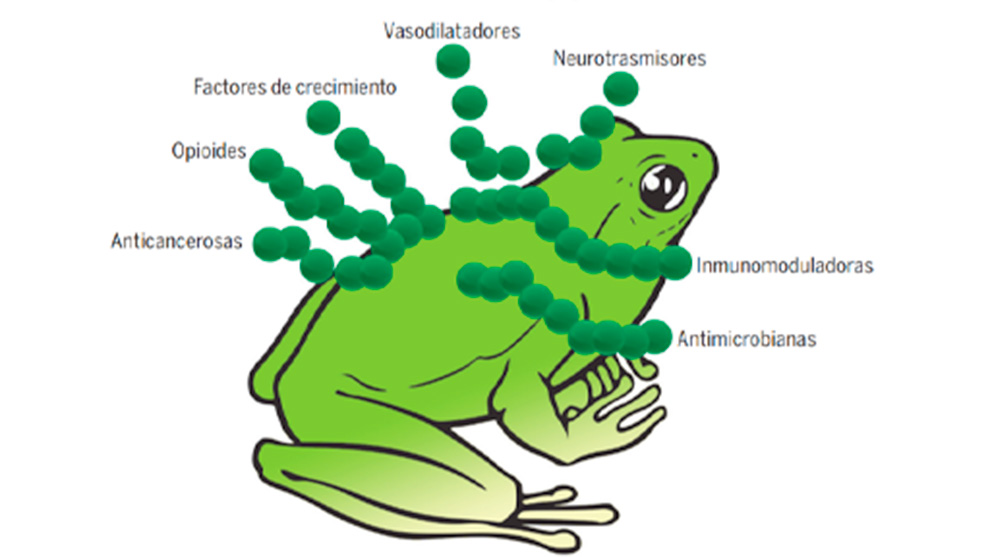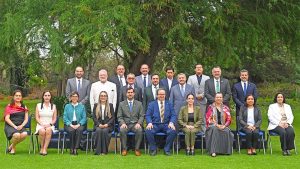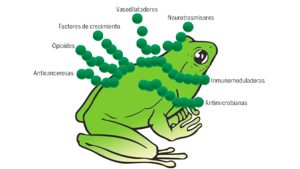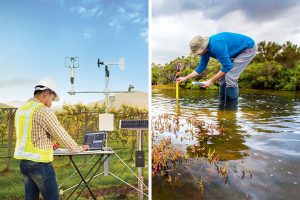Mexican Frog Peptides Offer New Hope for Treating Inflammation and Infection
Researchers at UNAM’s Institute of Biotechnology (IBt) are studying the skin secretions of Pachymedusa dacnicolor, a frog species native to Mexico, to identify antimicrobial molecules that control inflammation without weakening the body’s natural defenses.
Yvonne Rosenstein Azoulay and Constance Genevieve Jeanne Henriette Auvynet, from IBt’s Department of Molecular Medicine and Bioprocesses, explained that their work with this tree frog, found mainly in Morelos and along the coast of Guerrero, aims to develop treatments that are safe, effective, and affordable for both inflammatory and infectious diseases.
“We are focusing on peptides with dual activity: immunomodulatory and antimicrobial. We’re testing several models, especially for skin conditions like psoriasis and atopic dermatitis,” said Constance Auvynet.
The team is also developing a treatment model for actinomycetoma, a chronic granulomatous infection usually caused by Nocardia brasiliensis.
“We purify small peptides with different functions. All of them have antimicrobial properties, and many also modulate immune responses. In other words, they serve a dual role,” explained Yvonne Rosenstein. The researchers are currently conducting biological-level studies to move into clinical trials.
According to the team, the peptides are secreted by glands in the frog’s skin and can be collected through electrical stimulation or by gently pressing the skin. This non-invasive method can be repeated every 15 days without harming the animal.
Once collected, the samples go through several purification steps. Using chromatography, the researchers isolate peptide-rich fractions, which are then tested in biological assays. If results are promising, the specific peptides are sequenced and further analyzed.
Rosenstein noted that for centuries, cultures around the world have used natural products from plants and animals for healing or behavioral purposes. Today, modern analytical tools allow scientists to identify the active components in these substances and use them to develop synthetic medicines.










